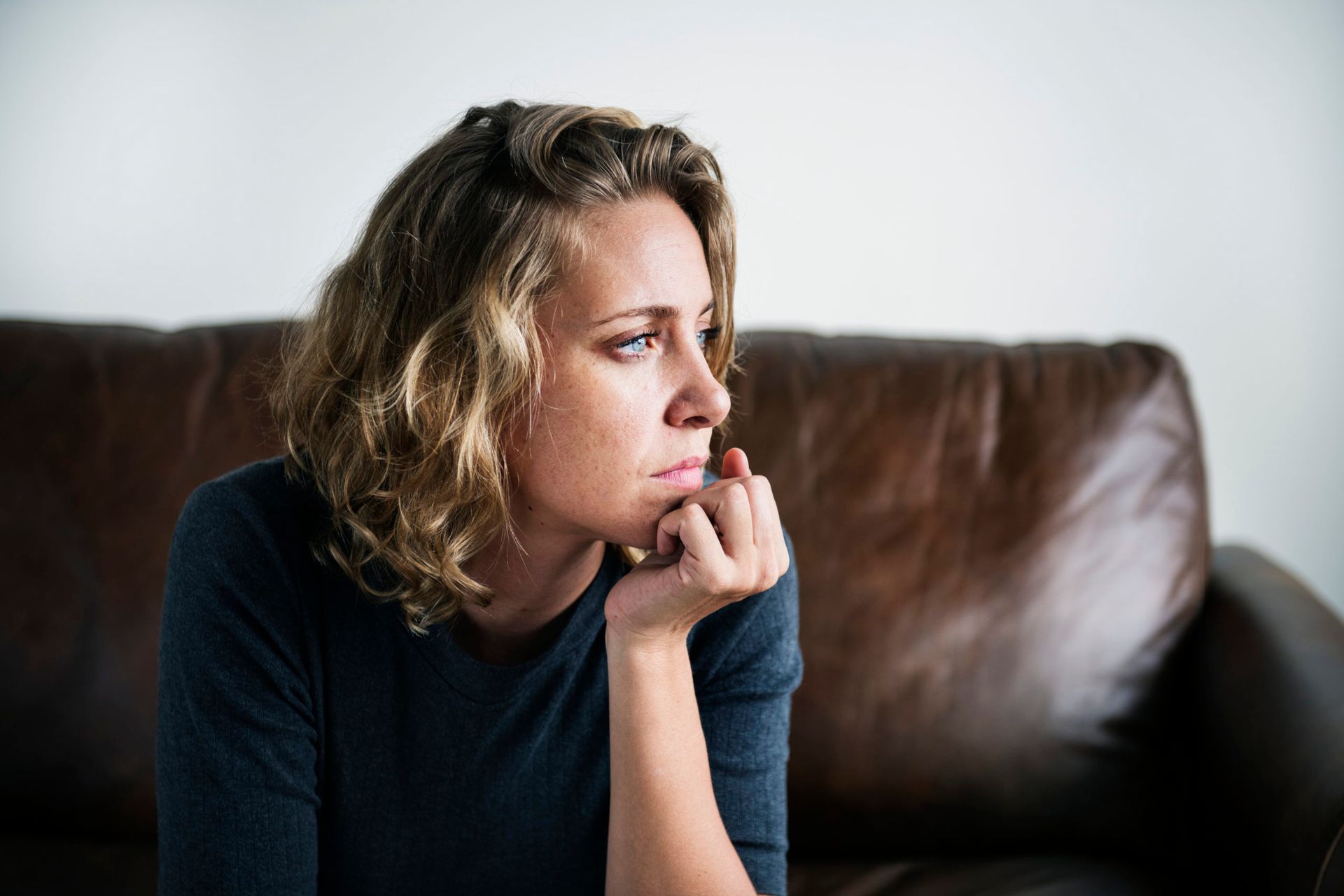Explore Our Blog
What Is Exposure Therapy?
Advance Minds Blog
A safe space to explore subjects within the community such as mental health, substance abuse and personal identity.
Our safe space also provides the opportunity for real individuals to express their hardships and success through writing.
Exposure therapy is a psychological treatment that helps people confront their fears in a safe, controlled way.

It is widely used to treat anxiety disorders, phobias, PTSD, and obsessive-compulsive disorder (OCD).
Instead of avoiding fear, exposure therapy works by gradually facing it—so it becomes less overwhelming over time.
1. How Exposure Therapy Works 🔁🎯
- Based on the principle of desensitization
- Helps individuals face fear-inducing thoughts, situations, or memories
- Reduces fear through repetition and gradual exposure
- Builds tolerance and rewires the brain's fear response
2. Common Conditions Treated by Exposure Therapy 🧠🛑
- Phobias (e.g., fear of flying, heights, or animals)
- Social anxiety disorder
- Panic disorder
- Post-Traumatic Stress Disorder (PTSD)
- Obsessive-Compulsive Disorder (OCD)
- Generalized anxiety disorder
3. Types of Exposure Therapy 🧭📋
- In Vivo Exposure – Facing real-life feared situations
- Imaginal Exposure – Recalling and describing the feared memory
- Interoceptive Exposure – Triggering feared physical sensations (like increased heart rate)
- Virtual Reality Exposure – Using VR for controlled, immersive experiences
4. Key Goals of Exposure Therapy 🎓💡
- Reduce avoidance behaviors
- Help clients gain control over their fears
- Strengthen coping skills
- Teach that fear does not have to control your life
5. How It’s Done in Practice 🛋️🗣️
- A therapist creates a fear hierarchy with the client
- Begin with less threatening exposures and work toward more challenging ones
- Each step is repeated until anxiety decreases
- Sessions may involve homework exercises to continue exposure outside therapy
6. Why It’s Effective 📉🧠
- Breaks the cycle of avoidance and fear
- Changes how the brain responds to triggers
- Can significantly reduce anxiety and improve functioning
- Backed by strong scientific evidence
7. What to Expect in a Session 🧑⚕️🗓️
- Therapist will explain the process and prepare you emotionally
- You will work at your own pace
- Exposure is always consensual and collaborative
- You’ll learn coping techniques like breathing and grounding
8. Who Should Try Exposure Therapy? ✅🔍
- Anyone experiencing debilitating anxiety or avoidance
- People who want a proven, structured method to face fears
- Clients who feel stuck in fear-based patterns and want to break free
- Works well in combination with CBT or medication if needed
Final Thoughts 🌟
Exposure therapy is a powerful tool that helps you take back control from fear. Through gradual, guided exposure, your mind learns that the feared object or situation is not dangerous—and you become stronger and more confident with each step.
It’s not always easy—but with the right support, healing is absolutely possible. 💬💪

















